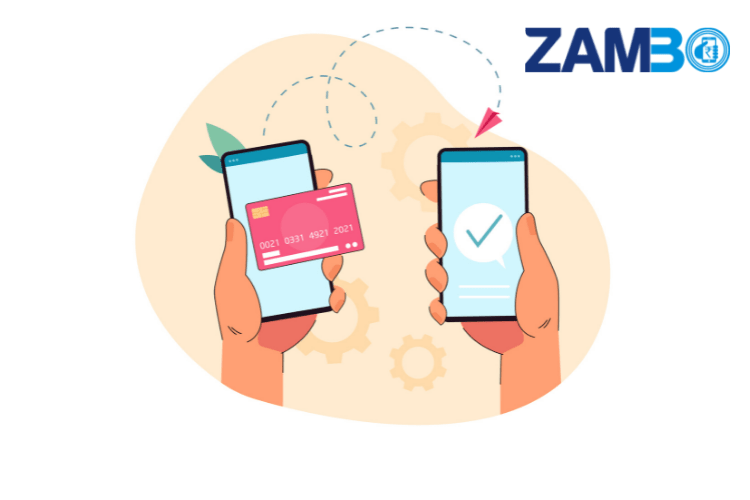
Difference between Digital Money and Credit Cards
The revolutionary idea of attaching a magnetic strip to the back of a plastic card was pioneered by IBM engineer Forrest Barry in 1969. With this invention, the credit card was introduced, which forever changed the nature of monetary transactions. Today, another cash revolution is taking place, i.e., digital currency, a form of intangible money that requires you to download an app and link it to your bank account. Demonetization and the resulting liquidity crunch have put Indian consumers fast to using digital payment methods. Let us have a look at how digital cash is taking over a credit card:
The Ease of Operations
Digital money simplifies procedures for both the payer and the seller. To apply for a new credit card, you need to fill out a form, send it to the bank, and wait for the card to be sent to you, which takes a few days or a few weeks. With digital money, all you need to do is download an application and connect it to your bank account. The whole process from start to finish only takes a few minutes at most.
For vendors, digital payments can also open doors to more consumers and greater profits. Providers with more modest means and those in remote areas may not have the infrastructure to set up a credit card payment facility. This means that they lose valuable customers who don't want to pay cash. Digital money only requires an internet connection to be set up. Many small vendors are moving towards digital currency to attract more customers.
The Convenience Factor
A visa survey discovered that people are twice as likely to bring their phones to bring money. Internet use is also proliferating, mainly via mobile platforms. These two factors create an ideal environment for digital currency to become popular in India. More and more Indians are starting to use digital money rather than traditional plastic money. After demonetization removed 86% of the currency from the market, India saw a 22% increase in digital payments. This shows that digital money collects quickly in India, while credit card user numbers have shown slower growth.
The More Secure Option
When it comes to money, the most crucial factor is always safety. Simply put, digital money offers more security than credit cards. When you lose your credit card or stolen, someone can use it to transact on your behalf. You are unlikely to face this threat when you fail a phone for two reasons. Firstly, phones are more accessible to track due to several apps available that can help you follow them. Second, it is much harder for someone to use your e-wallets on your phone because they are heavily encrypted. Most e-wallets and mobile phones require a fingerprint or PIN to unlock. These reasons imply that digital cash is the safest way to go.
Go cashless! Carry digital cash from now onwards, wherever you go—login to the Zambo portal, a one-stop solution for online payment and money transfer solutions.




